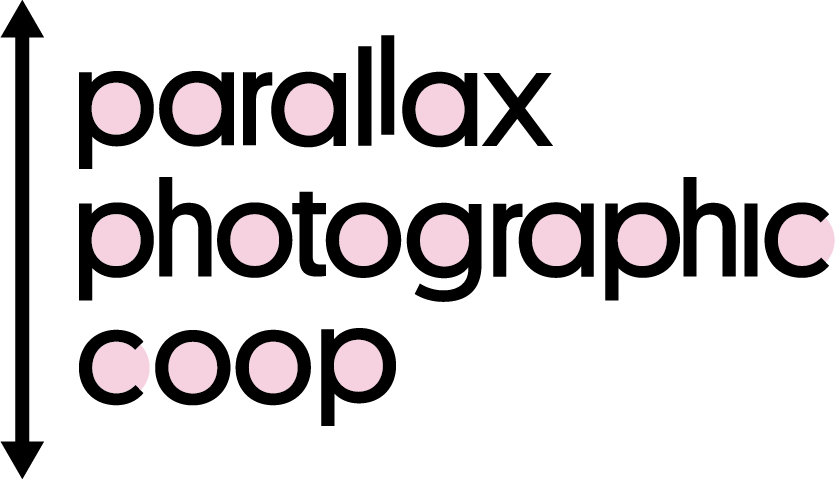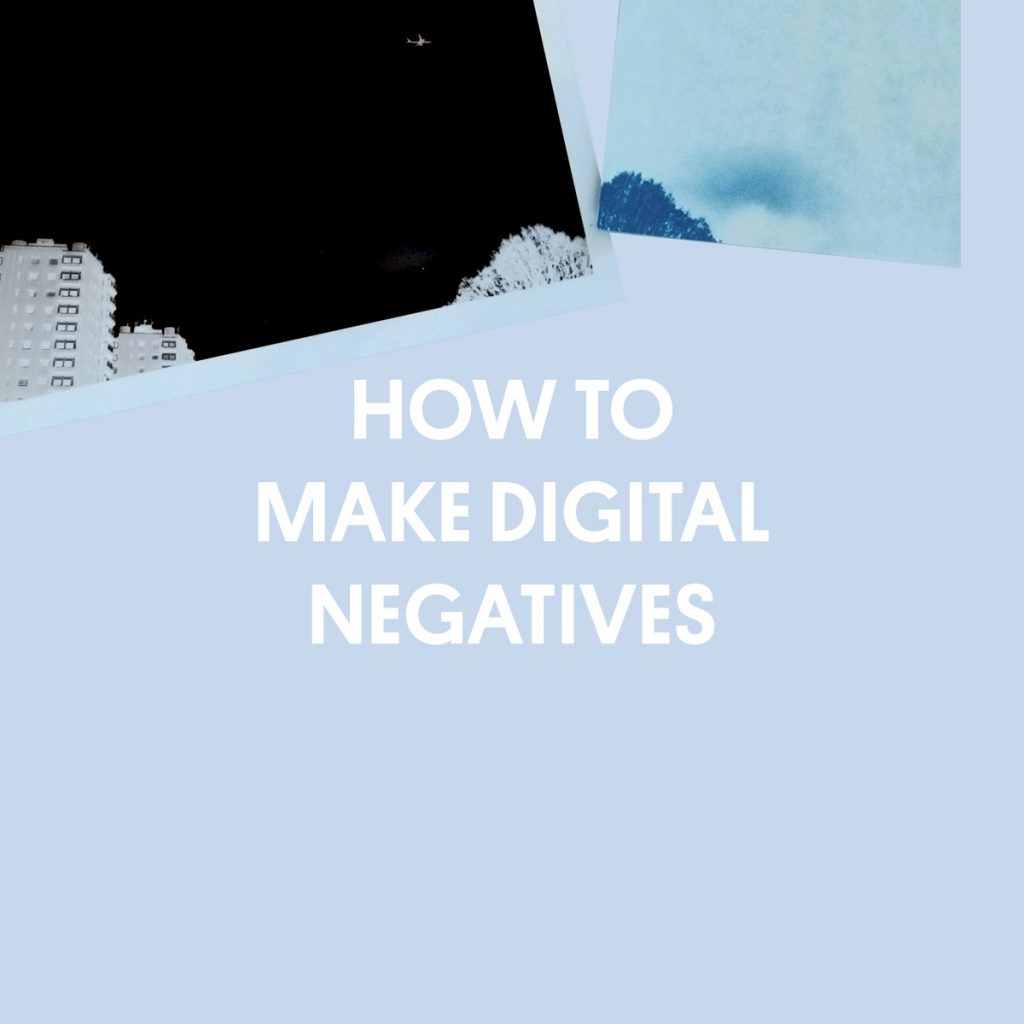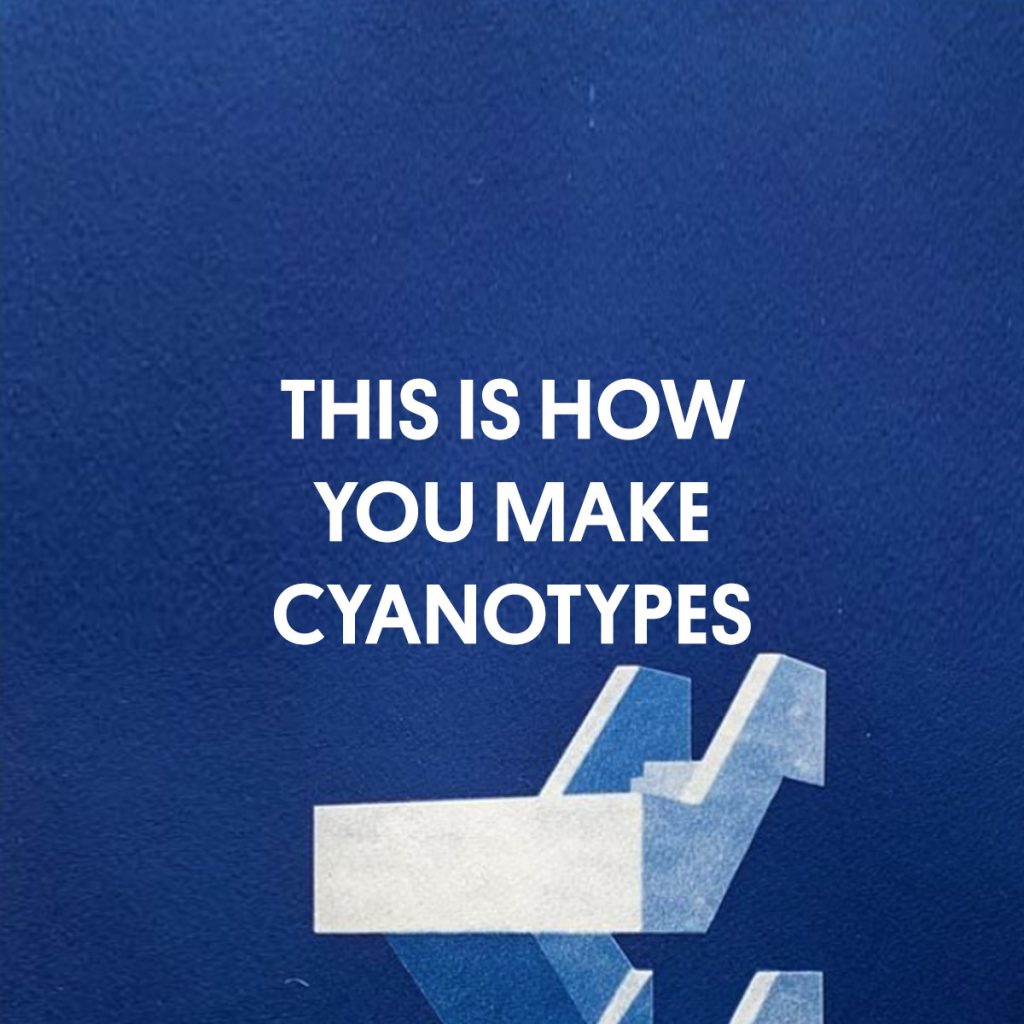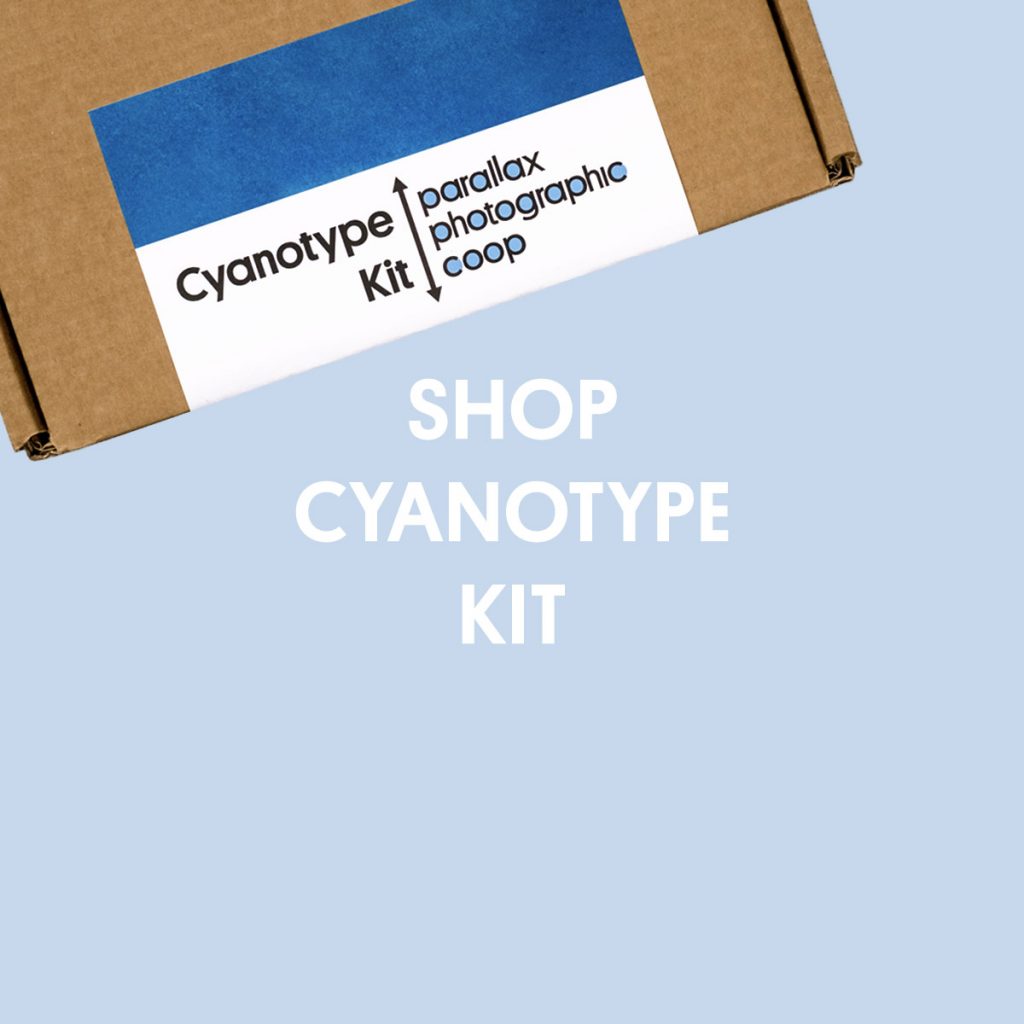How To Make Cyanotypes
Parallax presents a guide to the cyanotype process, walking you through every step of how to make cyanotype prints.
We will explain what a cyanotype is, what supplies you will need, and all the steps to create your own cyanotype prints.
The cyanotype process uses a mixture of iron compounds, which when exposed to UV light and washed in water oxidise to create Prussian Blue images. The technique was invented in 1841 by Sir JohnHerschel and was popularised by photographer and botanist Anna Atkins. Her book ‘Photographs of British Algae: Cyanotype Impressions’, published in October 1843, is considered the first photographically illustrated book.
You will need:
Ammonium Ferric Citrate
Potassium Ferricyanide
Water (distilled if possible)
Paper
Brush
Measuring Graduate
Scale
3 containers for mixing
Gloves
Scales
You can also buy pre-coated Parallax Cyanotype Paper in packs of 20 or 50 sheets of 8×10 paper. Or, try our Parallax Cyanotype Kit, it has pre-measured chemistry, paper, brush and gloves. Everything you need to make them yourself.
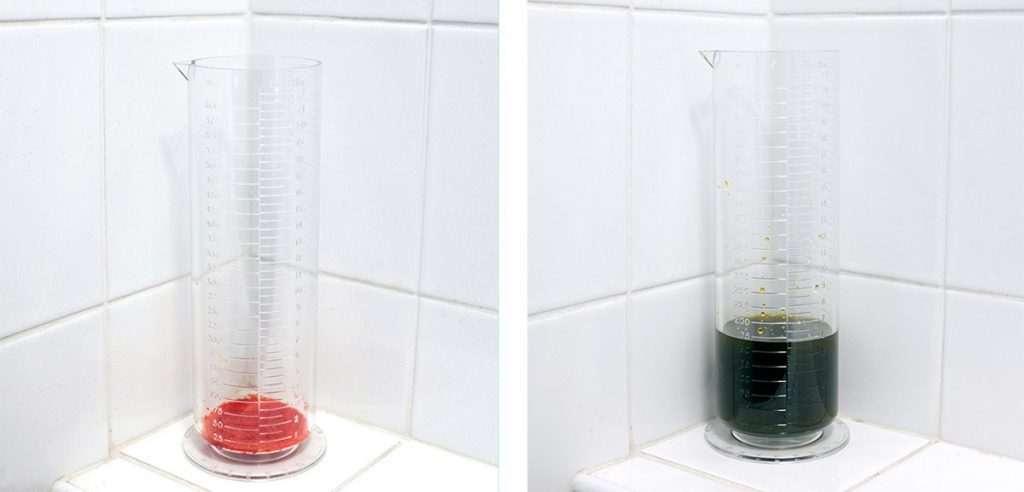
1. Mix Your Cyanotype Chemistry
These Cyanotype instructions will make up 200ml of working solution, enough to coat roughly 50 A4 sheets.
First off you need to measure 25g of Ferric Ammonium Citrate and add water to bring it up to 100 ml. Next, you measure 10g of Potassium Ferricyanide and mix that with water to make up to 100ml. Make sure both the chemicals are fully dissolved. Finally, under subdued light, mix the two solutions together. You are now ready to coat your paper.
2. Coat Your Paper
The paper should be coated away from sunlight. Tungsten light, as found in most lightbulbs is fine. Use a brush to evenly coat your cyanotype solution. A foam brush will give you a nice even coat. Then, leave the paper to dry in the dark. You should mix the solution as you need it, as it does not keep well. Paper, once you coat it and it is dry, can be kept in the dark until you are ready to use it.
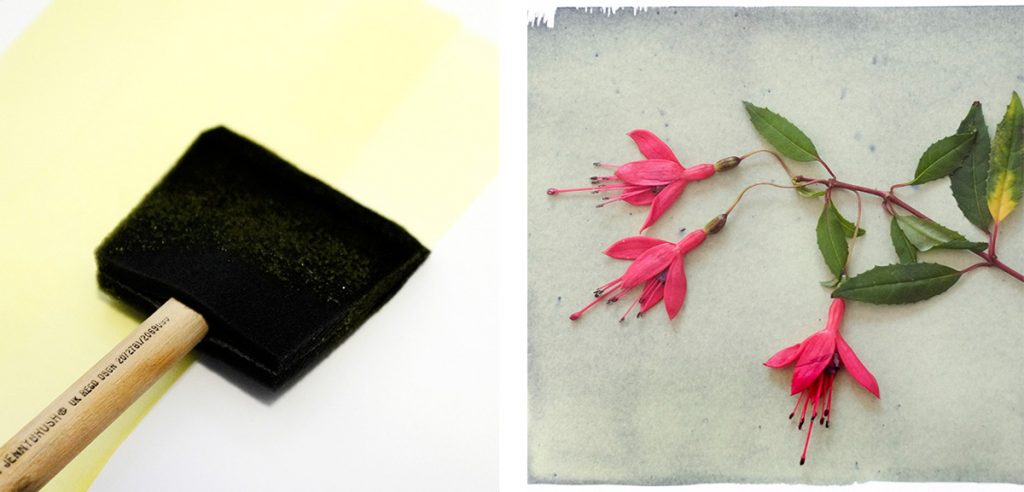
3. Make Your Print
Place a negative or an object onto the prepared paper. A piece of glass over the top will help keep the image sharp. You then leave the paper exposed to sunlight or under a UV lamp. The exposure time will depend on how bright the light is, so you will need to do some testing. The paper will begin to change colour during exposure. The exposed part of the paper will turn a pale bronze colour, this will let you know the print is ready to wash.
4. Wash Your Print
Finally, rinse the paper in water for 2 minutes and you will see the colours reverse. This will also fix your exposed image and make it safe to view in daylight. If you do not have water to hand, place your exposed paper back in a box to wash later.
After you wash it, leave your print to dry. You will notice the blue get darker as it dries.
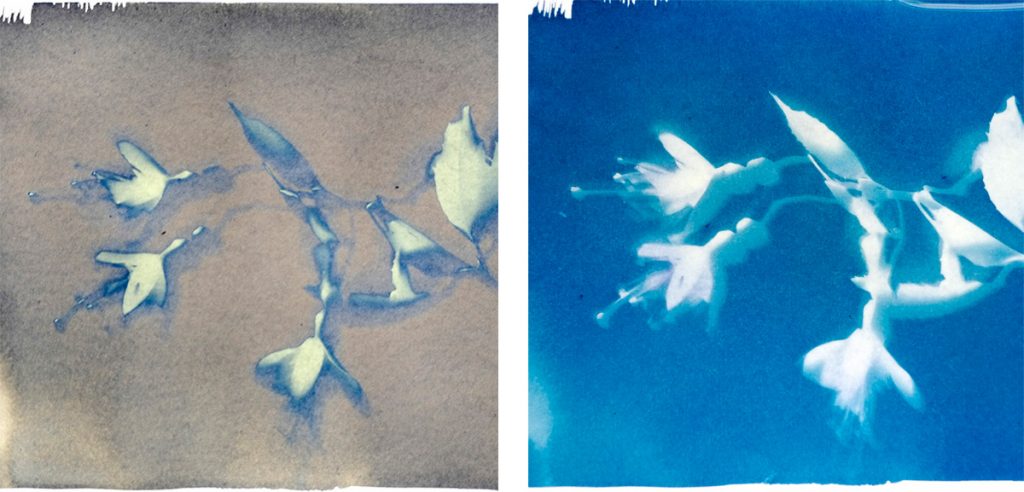
Here Are Some Tips
Find interesting objects. Flowers, plants, leaves, keys, glasses, scissors and anything with a distinctive shape works well.
Keep it flat. Lay a piece of glass or perspex over plants and flowers, it will give you a sharper image.
Handle with care. The paper is fragile when wet, handle it carefully, holding it by the edges.
Digital Negatives. You can create a negative using digital negative film printed on an inkjet printer. Expose as above.
Time to weight. If your prints are curled after drying, they can be placed under a heavy object, such as a book, to flatten.
To find out more check out our instructions on How To Make Digital Negatives.
Coated Prints
If you want to work out how much of each chemical you need to coat a certain number of prints, then this will give you a rough guide of the chemical to print ratio:
25g of Ferric Ammonium Citrate + 10g of Potassium Ferricyanide will coat roughly 50 sheets of A4.
50g of Ferric Ammonium Citrate + 20g of Potassium Ferricyanide will coat roughly 100 sheets of A4.
250g of Ferric Ammonium Citrate + 100g of Potassium Ferricyanide will coat roughly 500 sheets of A4.
Explore
News • Guides • Community • Film Reviews • Film Developing Times • Choose Your Film
